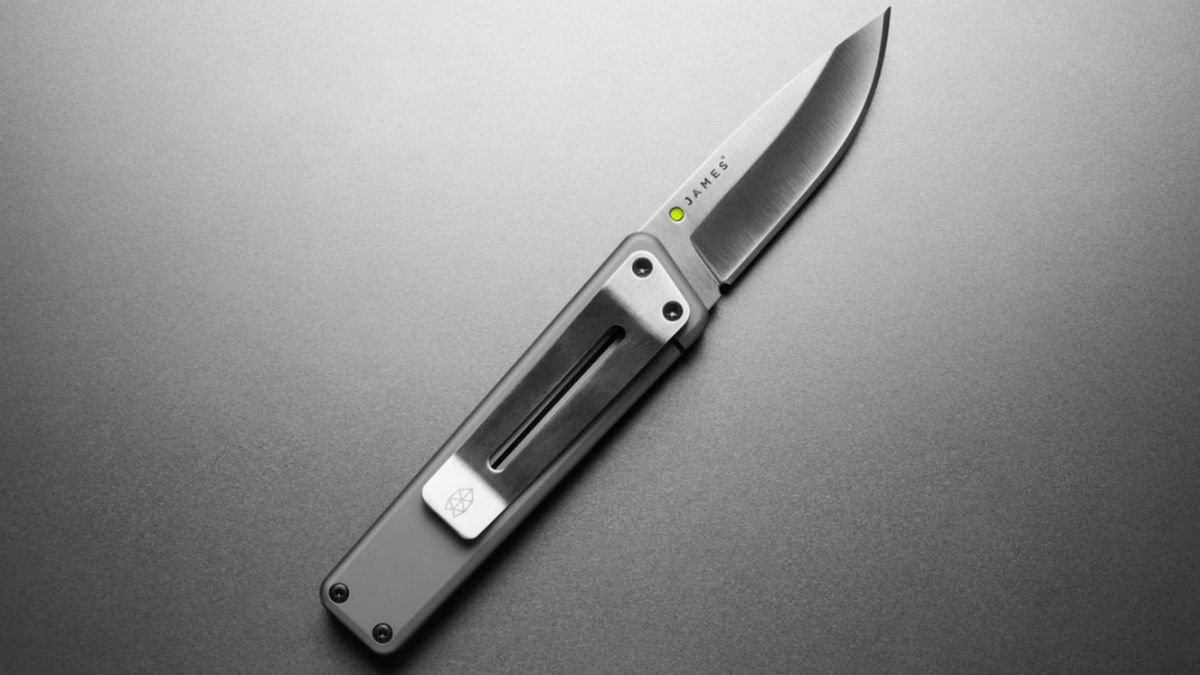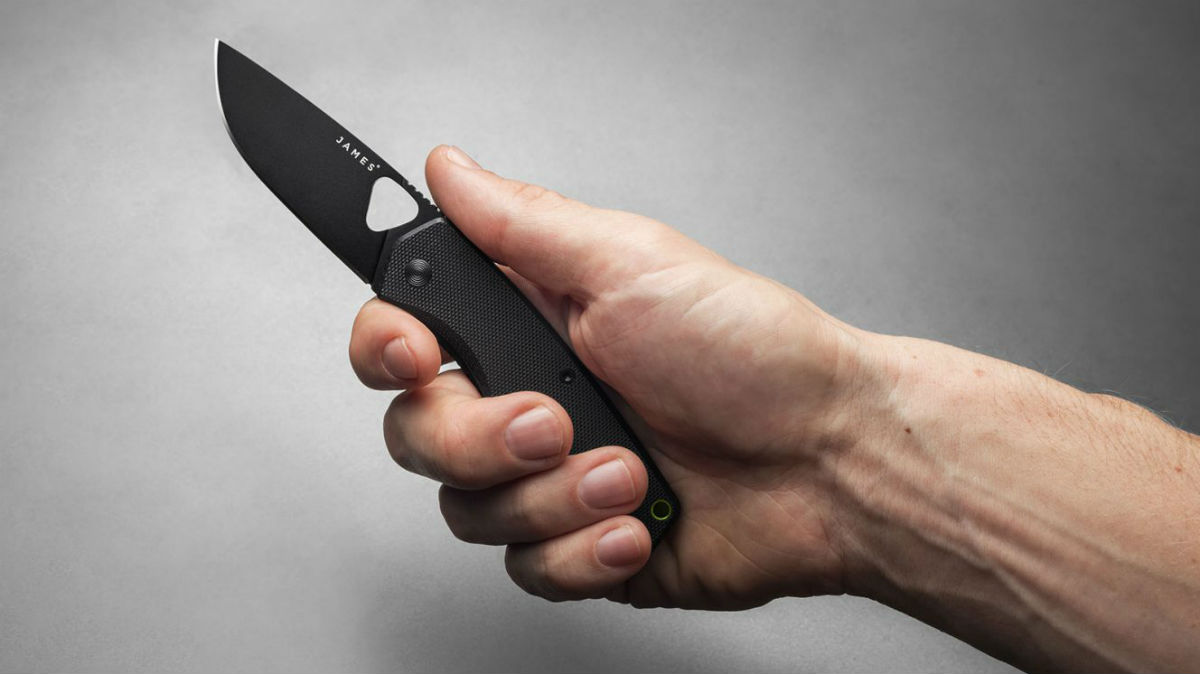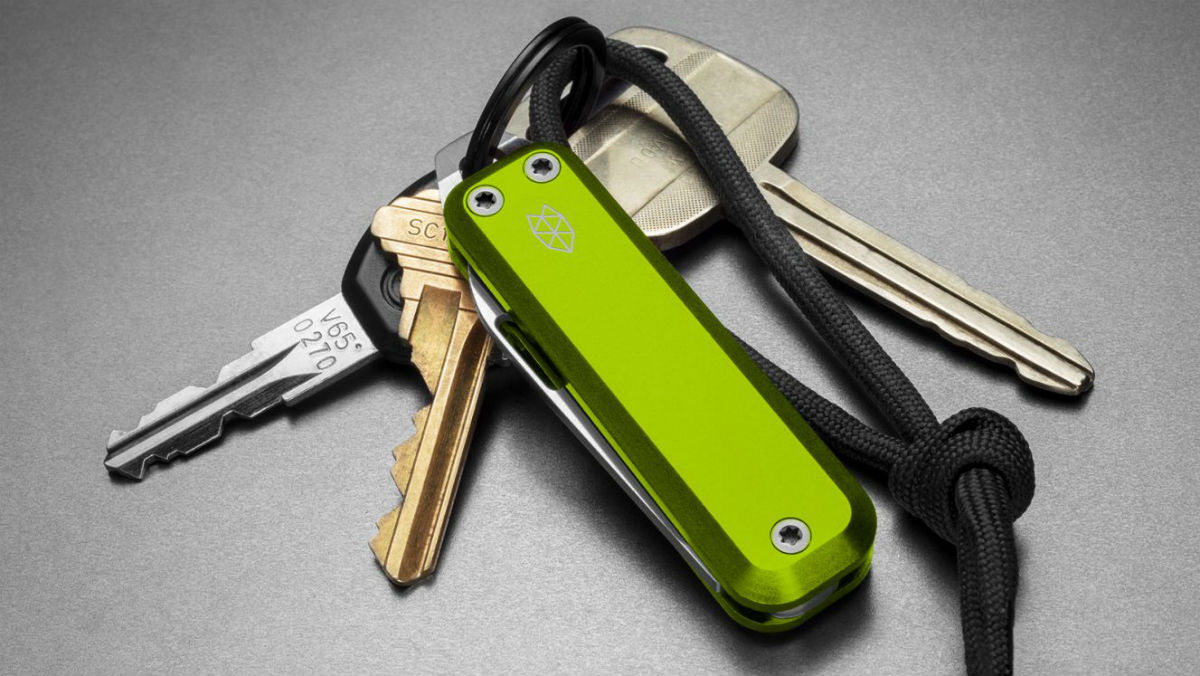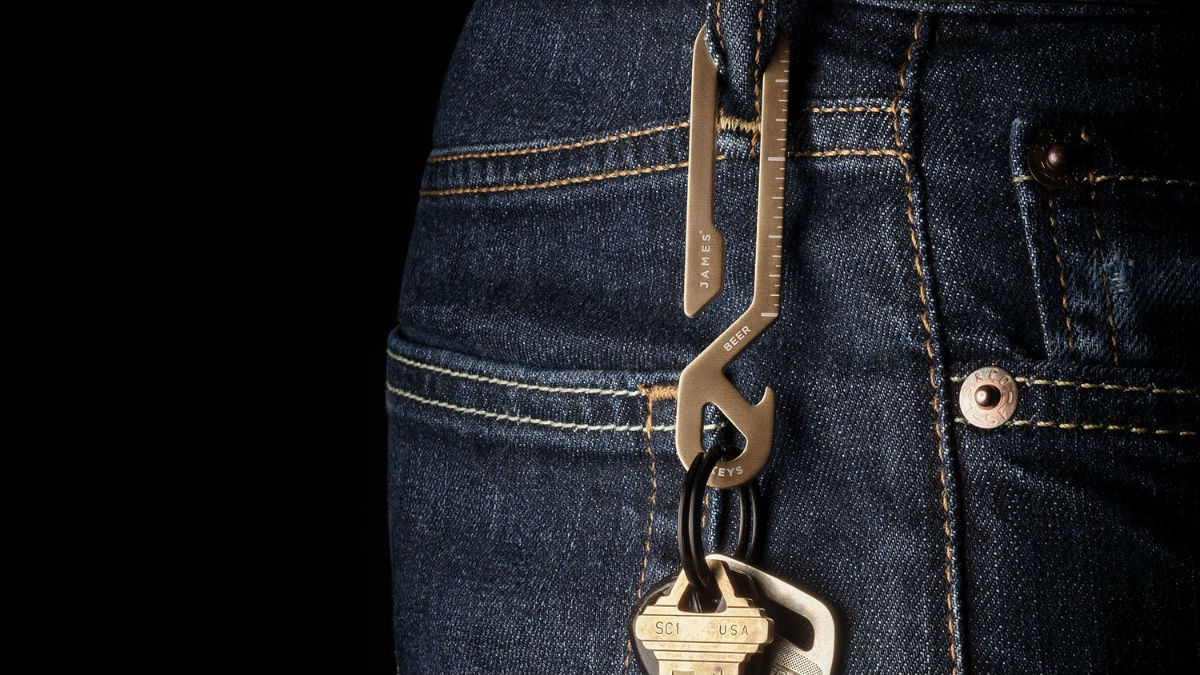The James Brand is dedicated to designing modern knives that aid everyday needs, whether that be slicing up apples or stripping rope. The Portland, Oregon-based brand blossomed in 2012 from a group of designers, adventurers, and avid EDC (everyday carry) fanatics with a belief that what you carry says a lot about who you are. For these explorers, this means functional, minimal tools with robust engineering and sleek looks.
Currently, there are five unique members in The James Brand “family,” each made with premium materials, a hard nosed attention to detail, and a design aesthetic every minimalist can get behind.

The newest release, the limited-edition County knife ($165; pictured above), is a collaboration with ROAM to honor Lines to Hawaii, a short film featuring snowboarder Travis Rice and big-wave surfer Ian Walsh. The County is a slim and simple take on the classic single-blade pocket knife with a wood handle. To make things even more enticing, James Brand and ROAM are offering a plastic free lanyard and donating 10 percent of profits to efforts aimed at reducing plastic in our oceans.
If the woodsy look isn’t your style, the other family members might be for you. The Chapter ($275), the knife that started it all for James Brand, is a design of your classic single-blade folding knife, boasting a semi-stainless steel blade that requires minimal maintenance, corrosion resistance to promote longevity, and a sleek clip. This is the knife that started it all for James Brand.
- 1. Chapter
- 2. Folsom
- 3. Elko
- 4. Hook
The Folsom ($99) boasts a heftier blade, steel liner-lock, ambidextrous opening slot, reversible clip, G10 scales, and some serious gripping power, making it The James Brand’s most versatile option. The Elko keychain knife ($60) design is the family’s little brother, but still packs a punch for such a small frame. With a durable Sandvik 12C27 stainless steel blade, doubling pry bar-key ring, bottle opener, and screwdriver, this puppy delivers utility without added bulkiness.
To compliment these knives and keep your collection of keys out of your pockets, The James Brand developed the Hook, a little multi-tool hip companion that provides a couple extra gadgets in your EDC arsenal: a bottle opener and a ruler. Simple clip your keys on one end, and hook the other end around your belt loop.






